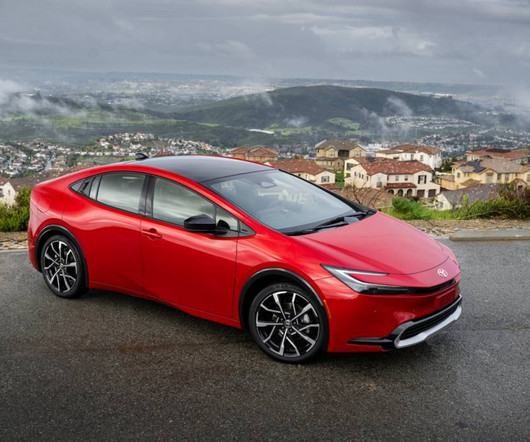CPT developing 48-volt electric supercharger for micro-mild hybrids
Green Car Congress
SEPTEMBER 29, 2011
Controlled Power Technologies (CPT) is developing a 48-volt version of its 12 volt electric supercharger based on its variable torque enhancement system known as VTES. At 48 volts, a VTES electric supercharger will transform 7kW of battery power into a highly boosted charge of air for downsized gasoline and diesel engines.






















Let's personalize your content